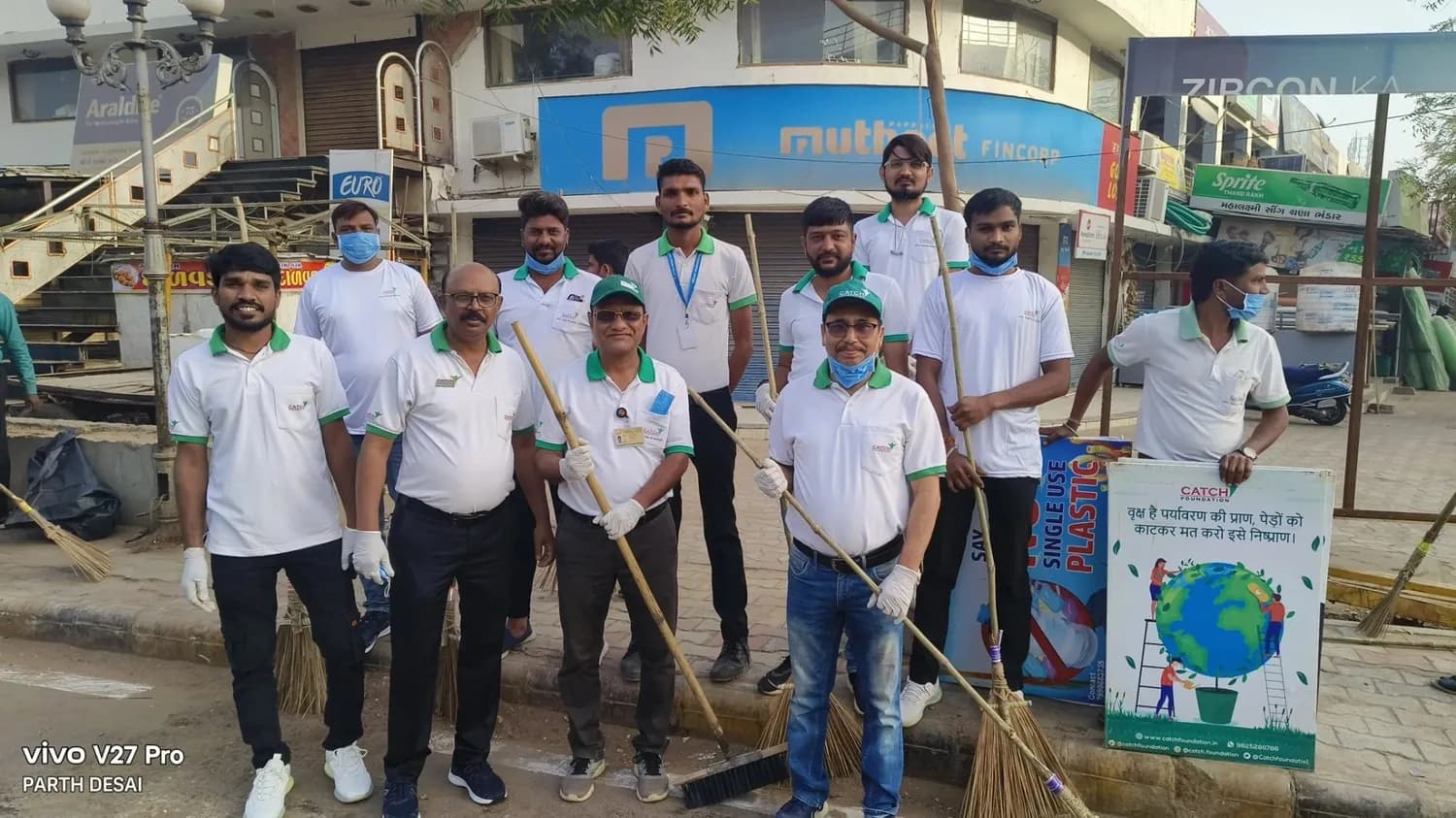Role of NGOs in Environmental Protection: India’s Unsung Climate Warriors
When we talk about protecting the environment, we often think of policies, government schemes, or global climate talks. But behind many on-ground successes in conservation, waste management, afforestation, and education in India, there’s often a quiet force at work — NGOs.
Non-Governmental Organizations (NGOs) are playing a crucial role in filling the gaps between policy and practice. They act as connectors, educators, implementers, and watchdogs — often in areas where the government alone cannot reach.
This blog explores how NGOs across India — including us at the CATCH Foundation — are driving real environmental change on the ground.
What Is an NGO in the Environmental Context?
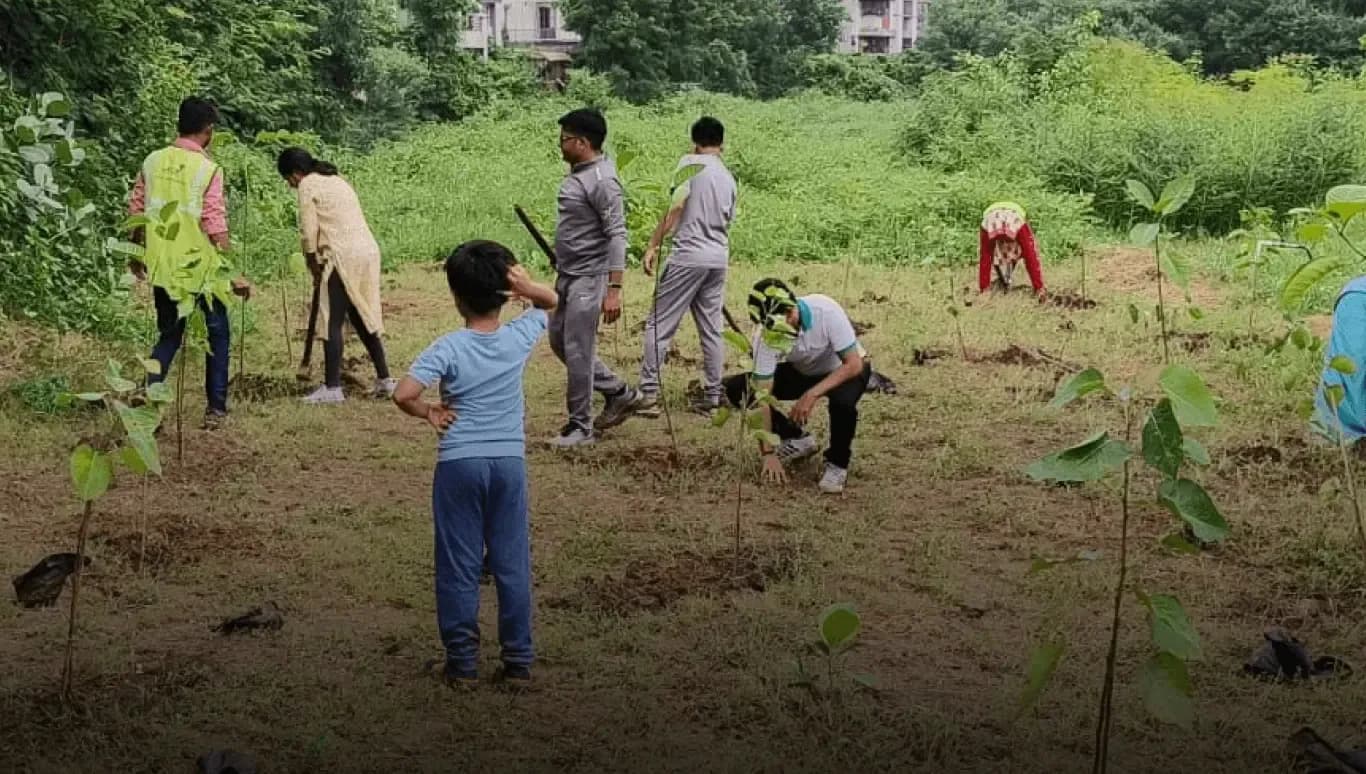
In India, an NGO working in the environmental sector is typically a non-profit organization focused on solving ecological problems such as:
-
Deforestation
-
Air and water pollution
-
Waste mismanagement
-
Wildlife protection
-
Climate change adaptation
-
Water conservation and restoration
They function independently of the government but often work alongside government agencies, corporations, schools, and local communities.
Key Roles of NGOs in Environmental Protection
1. Creating Awareness and Changing Mindsets

One of the biggest gaps in environmental protection is public awareness. NGOs fill this by :
-
Conducting workshops, campaigns, and school programs
-
Using digital platforms to spread knowledge
-
Mobilizing volunteers for clean-up and plantation drives
Example: NGOs organizes mass tree-planting events in urban India with schoolchildren and local residents.
2. On-Ground Implementation of Projects
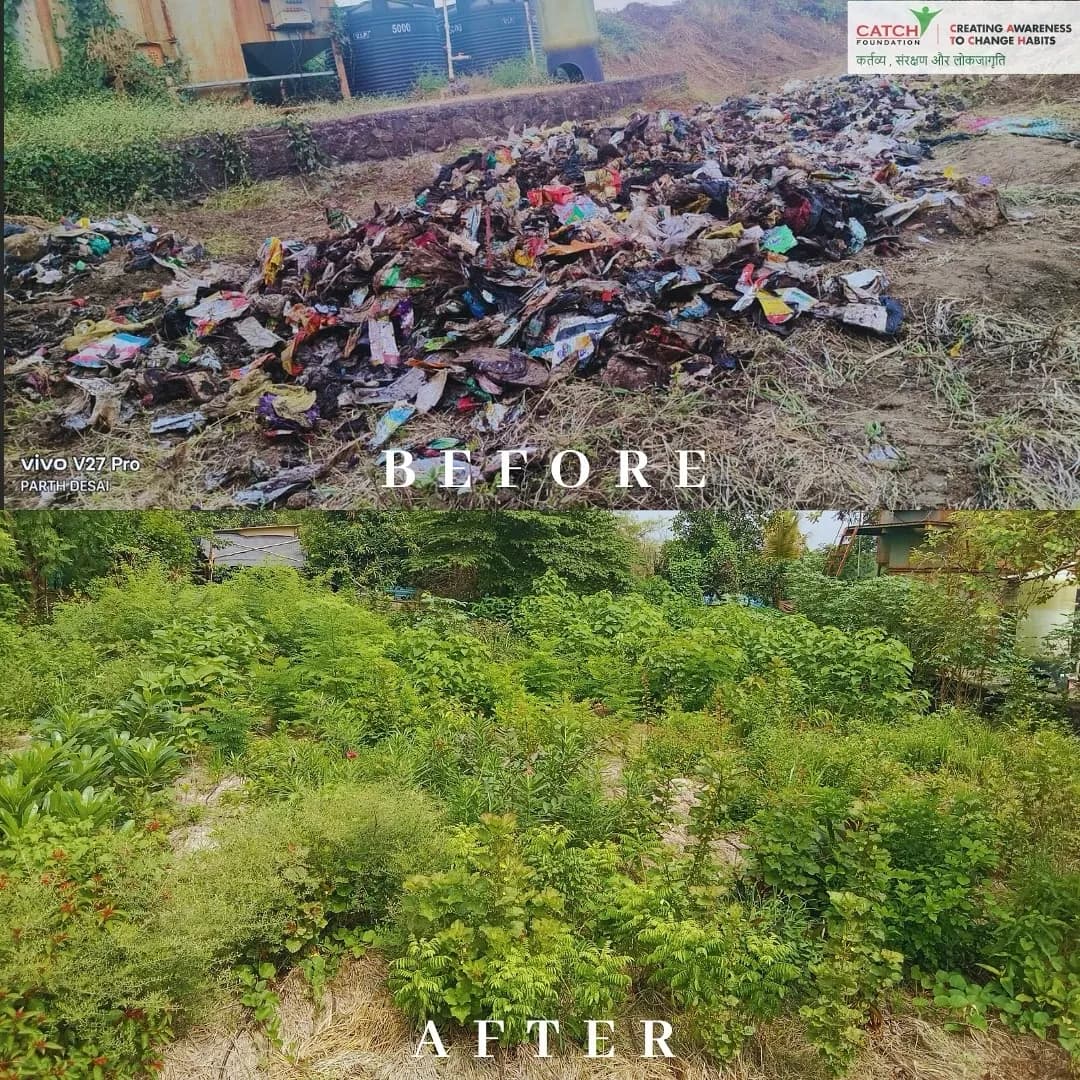
NGOs implement sustainable practices in areas like:
-
Waste segregation and composting
-
Urban forest creation (like the Miyawaki method)
-
River cleaning
-
Clean energy access in rural areas
At CATCH Foundation, we’ve created 115+ dense forests using the CVSP Miyawaki method, planting over 6.32 (June 2025) lakh native trees across 25+ cities.
3. Policy Influence and Watchdog Role
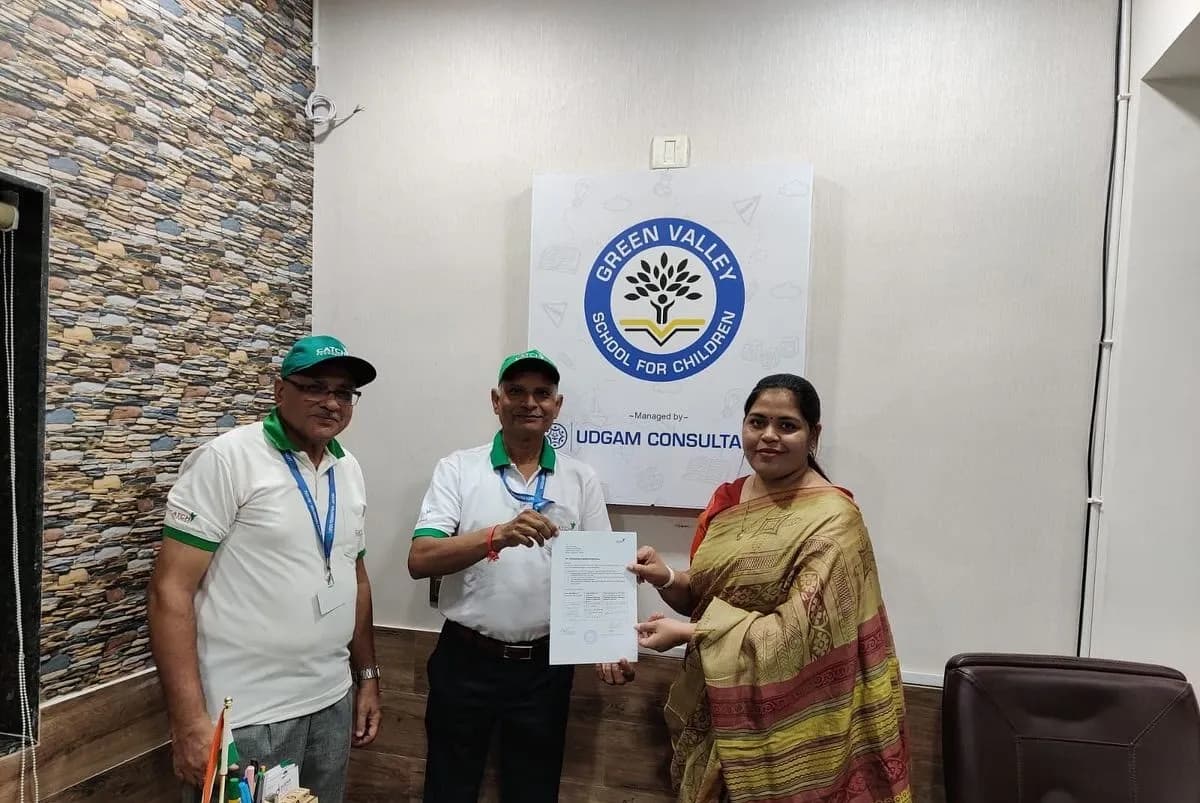
Environmental NGOs often influence policies by:
-
Participating in public consultations (like for the EIA process)
-
Filing legal petitions in environmental courts
-
Providing research and data to lawmakers
4. Disaster Recovery and Resilience Building
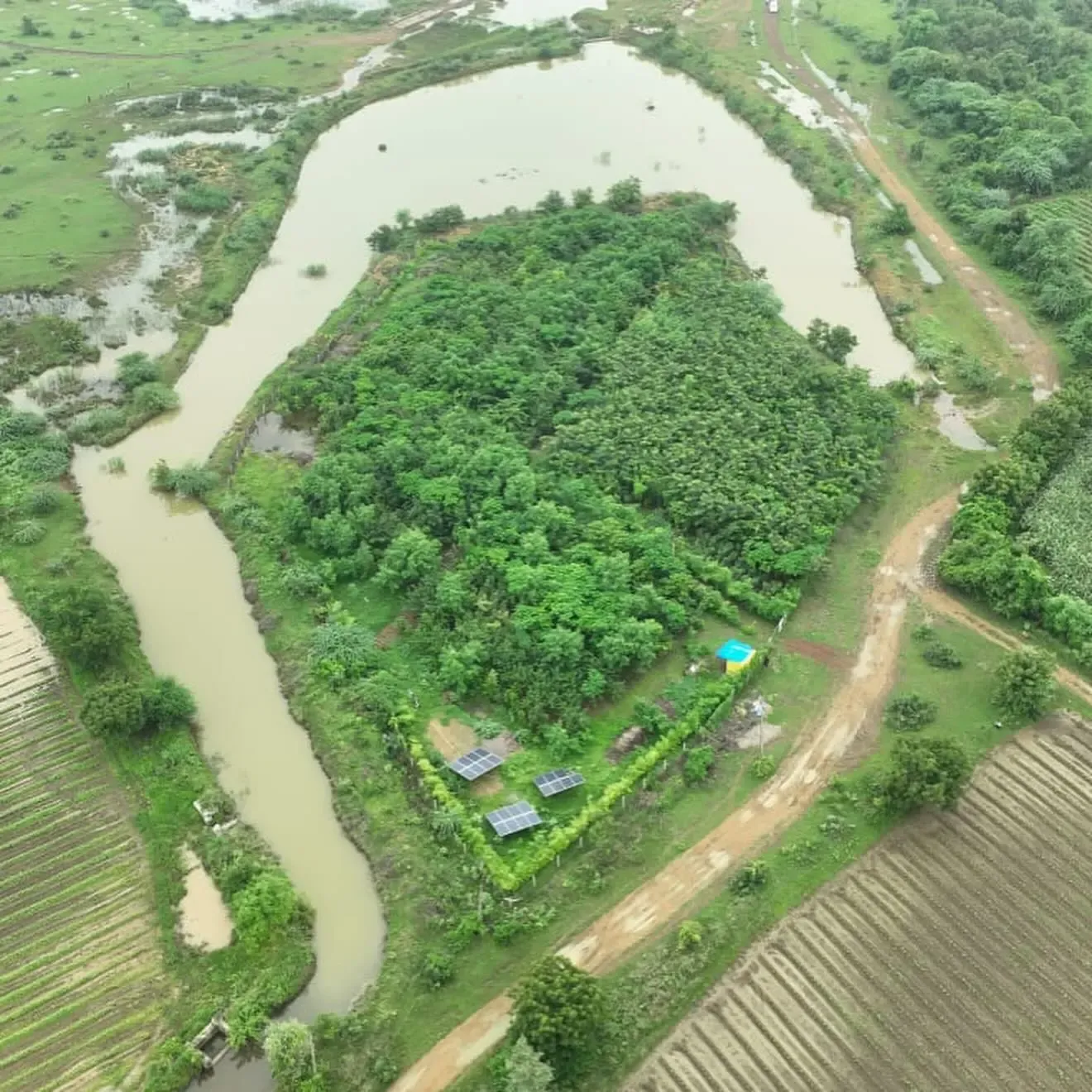
Post-disaster, NGOs step in quickly to:
-
Restore green cover
-
Rebuild water systems
-
Train communities in climate resilience practices
During the Kerala floods, NGOs played a vital role in restoring damaged farmland using organic practices.
5. Bridging the Gap Between Science and Society

Many communities don’t have access to scientific knowledge. NGOs simplify and localize complex topics like:
-
Carbon footprint reduction
-
Rainwater harvesting
-
Air quality monitoring
This empowers people to take small but impactful actions in daily life.
Challenges Faced by NGOs
Despite their impact, NGOs often struggle with:
-
Funding limitations
-
Policy and bureaucratic hurdles
-
Misinformation and public apathy
-
Limited access to scientific resources
That’s why collaboration — between citizens, corporates, and governments — is critical.
How CATCH Foundation Is Leading the Way
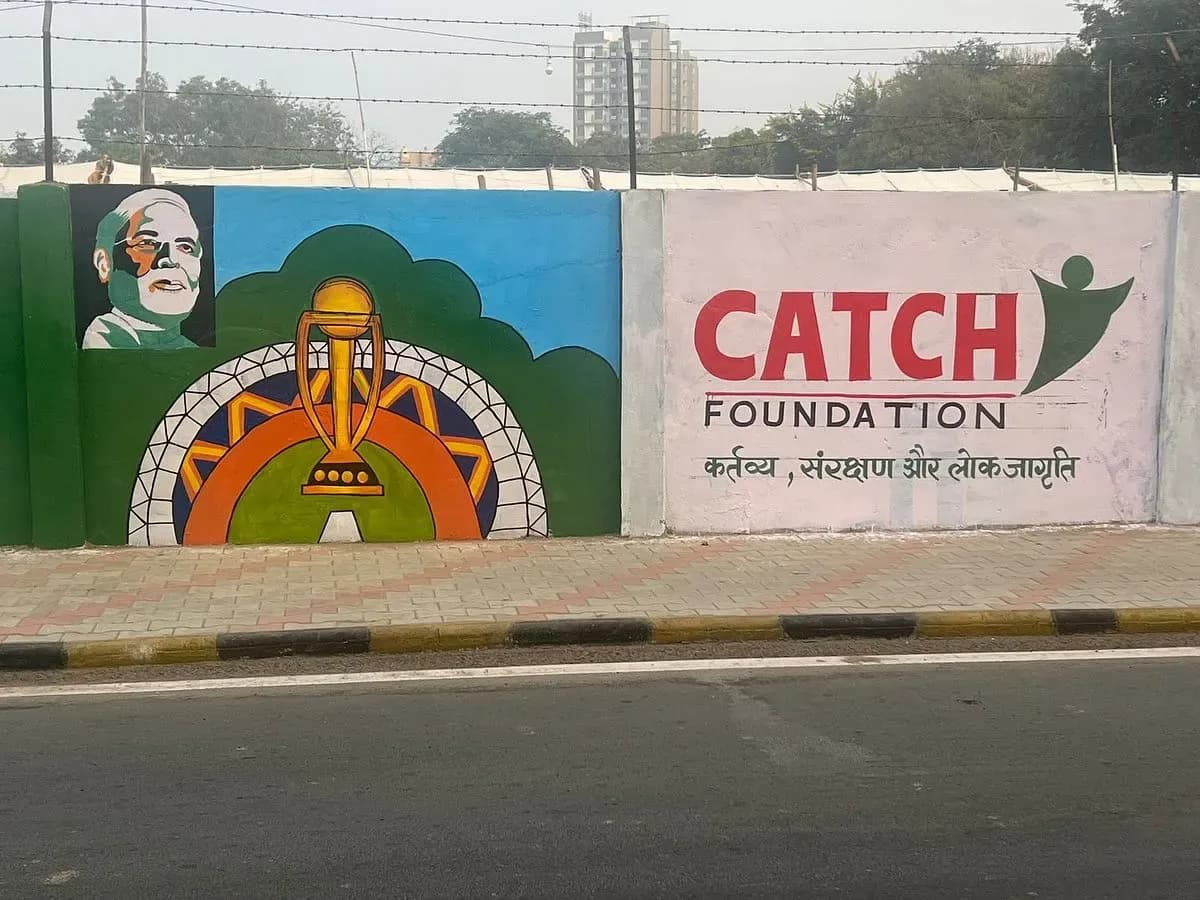
As a grassroots NGO, CATCH Foundation believes in action-backed advocacy. Here's how we approach environmental protection:
-
Afforestation: Planted over 6,32,000 native trees in dense forest patches across India.
-
Community Engagement: Trained 1000+ local volunteers and laborers as Paryavaran Rakshaks.
-
CSR Collaboration: Partnered with companies like L&T, S&P Global, and AUDA to turn degraded city land into carbon-sequestering forests.
-
Education: Runs school and community awareness programs around biodiversity and climate change.
We don’t just plant trees — we maintain it for the three years.
Conclusion: The Green Backbone of India’s Environmental Movement
NGOs are not just support systems — they are frontline actors in India’s fight against climate degradation. From riverbeds to rooftops, rural villages to urban jungles, they are restoring balance, creating livelihoods, and empowering citizens to act. With the right support, environmental NGOs can help India move toward climate resilience, ecological justice, and sustainable growth.
Call to Action
Want to partner with an environmental NGO doing real on-ground work?
Connect with the CATCH Foundation for CSR projects, plantation initiatives, or community awareness campaigns.
📧 Email: catchfoudnations@gmail.com 🌐 Website: www.catchfoundation.in
Together, let’s plant roots for a better future.
